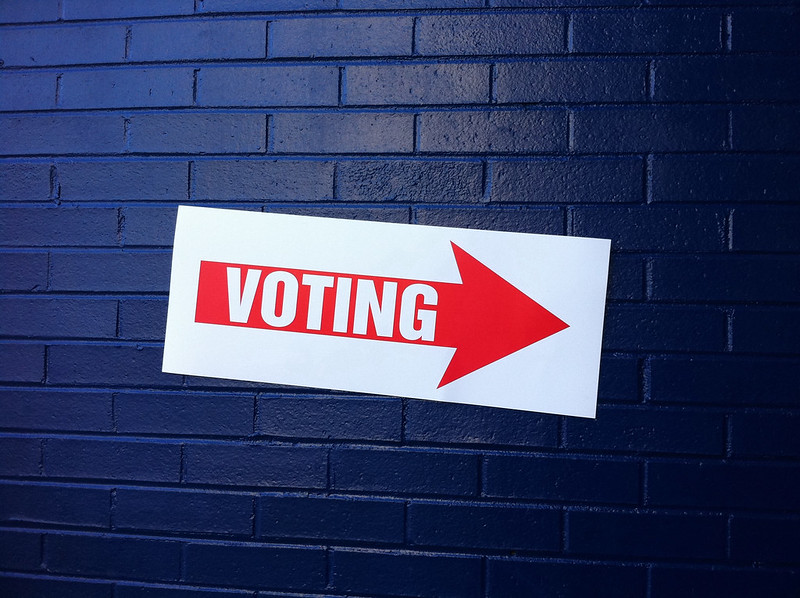
On Election Day, the people of Utah will have an opportunity to reduce their odds of facing future tax increases by ensuring their hard-earned tax dollars are used more efficiently. Amendment G, if approved by the voters, would be a great first step towards ending an antiquated approach to budgeting in Utah.
Since Utah has had an income tax in place, 100% of income tax revenue has been earmarked for ‘education.’ This bizarre arrangement, which is almost exclusive to Utah (Alabama has a similar earmark), has resulted in Utah state government costing more than it should and would otherwise be the case.
Despite the fact that Utah has experienced significant surpluses in income tax revenue – roughly $1 billion in 2019 alone – not a single dollar could be used to cover other parts of the budget. As a result, other taxes have remained higher than “necessary” since income tax revenue cannot go towards other government programs.
“Utah’s legislature has been forced to contort the budget in countless ways over the decades because of the earmark on income tax,” said Rusty Cannon, Vice President of Utah Taxpayers Association. “The duct tape and bailing twine that they are forced to creatively use every year will stop working in the near future. It makes no sense to have a state with such a strong economy and robust tax revenues hamstrung like this.”
Adding insult to injury, this arrangement has also made it incredibly difficult to deliver pro-growth tax reform that reduces, or ideally phases out, the state income tax. “This [earmarking all income tax revenue for education] means the most powerful lobby in Utah – the teacher’s union – is an opponent of all pro-growth reductions in the state income tax burden,” explained Grover Norquist in an OpEd in UtahPolicy.com.
While Utah does have a flat income tax, its rate of 4.95% is not incredibly competitive. Nine states do not impose taxes on wage income, two of which – Nevada and Wyoming – are Utah’s neighbors. Colorado, New Mexico, and Arizona, all of which also border Utah, have lower top marginal individual income tax rates of 4.63%, 4.90%, and 4.50%. And, there is a measure on Colorado’s ballot this year that would further cut its flat income tax rate. Clearly, there is plenty of room for Utah to improve.
Fortunately, Amendment G would start to address Utah’s budget woes. If approved, Amendment G would allow income tax revenue to also be used to fund programs for children and the disabled. Not just education.
This reform, which would offer greater flexibility in the budgeting process, would result in hard earned taxpayer dollars being used more efficiently, reducing the threat of future tax increases and maybe even facilitating in lower tax rates.

